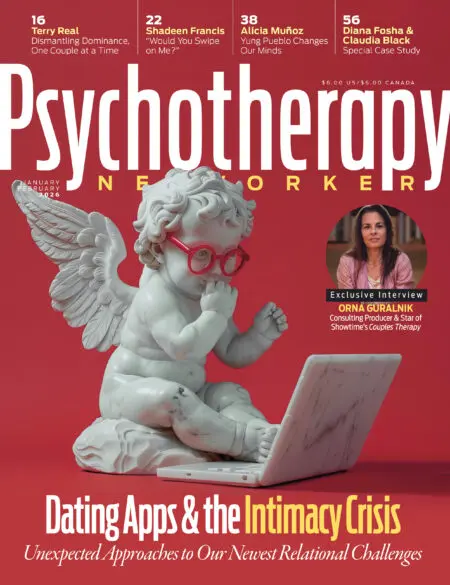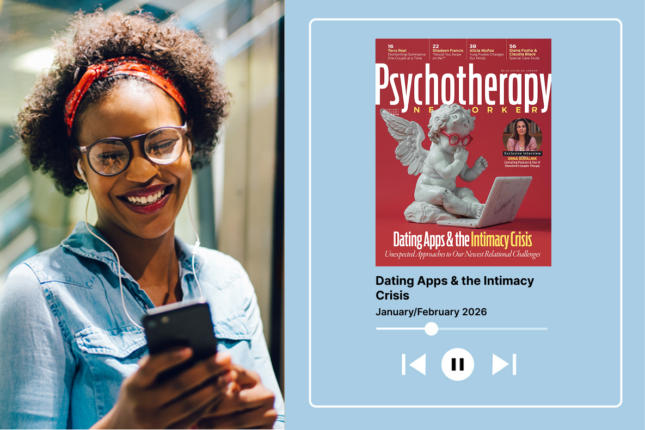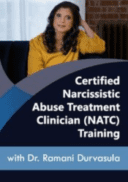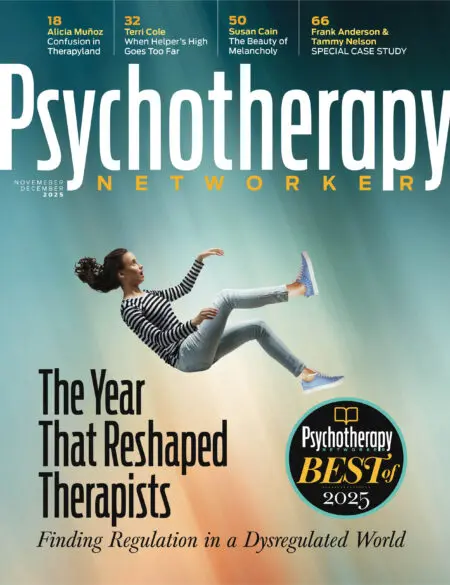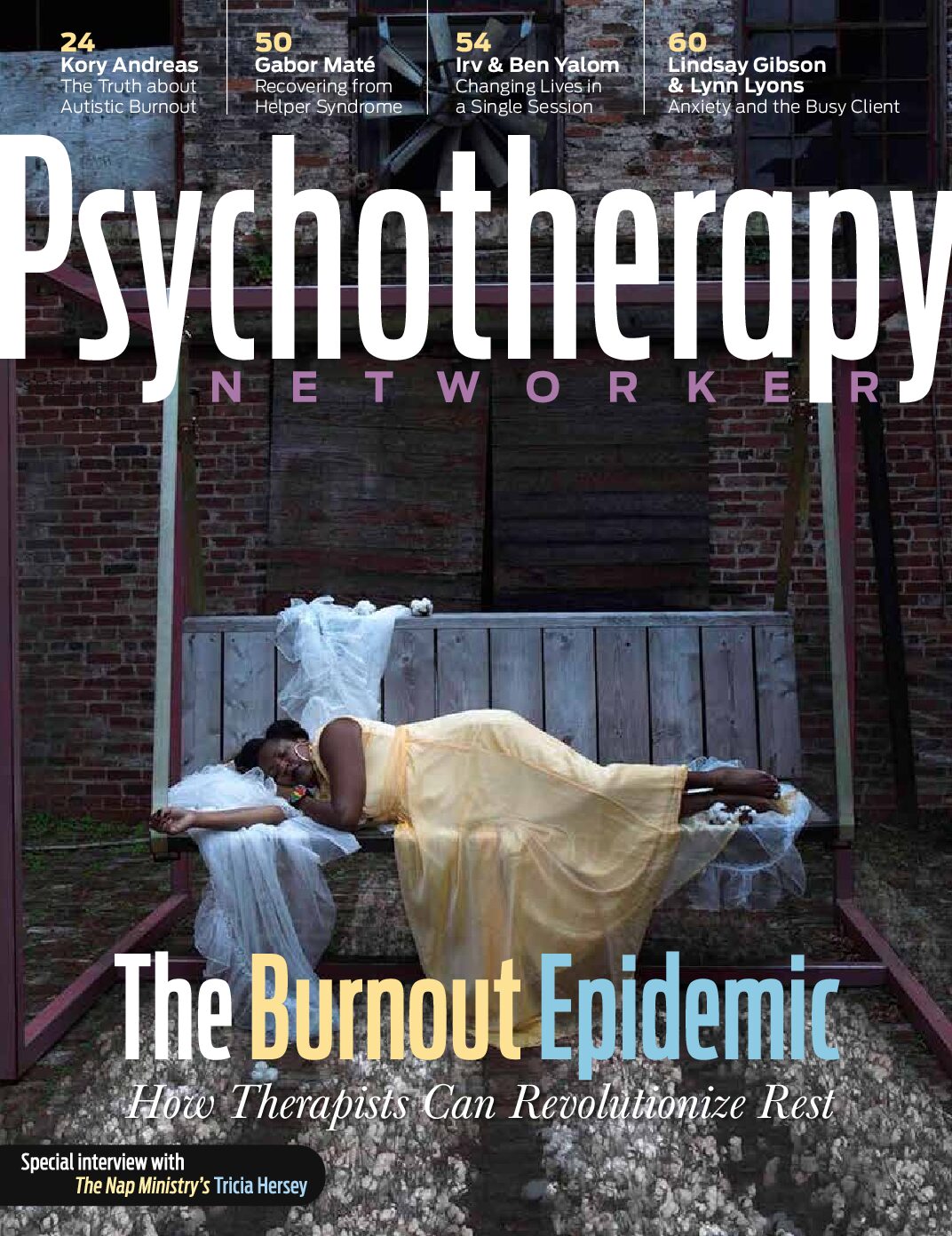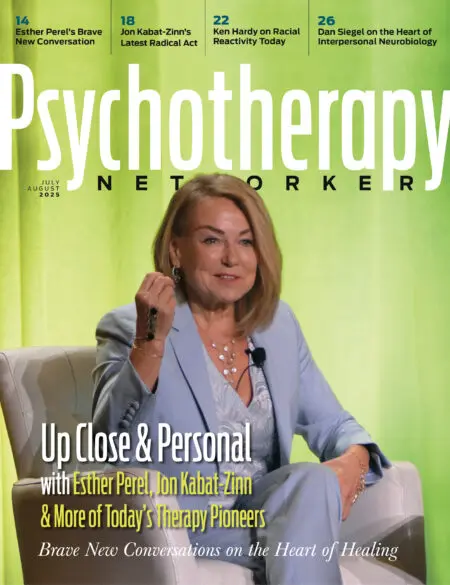Discover a new way to experience Psychotherapy Networker—now as an exclusive audio playlist!
Join us to explore what it really means to help clients, and ourselves, find meaningful connection in a culture increasingly defined by swipes, algorithms, and isolation.
